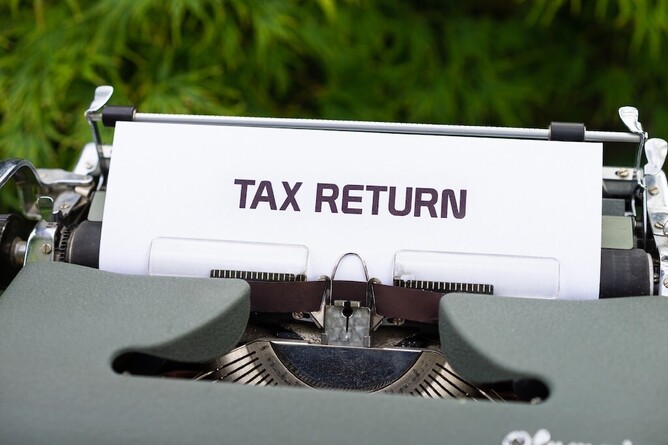As noted in our earlier article covering the Tax Changes to Be Aware of From April 2023, the standard Corporation Tax rate increased from 1st April onward – although many companies will not feel the impact for several months.
It is, however, important that all business owners understand how the tax rates will impact their liabilities and know the correct way to perform tax computations where their next reporting period covers a 12-month financial year that straddles 1st April.
Today we recap what the changes to Corporation Tax rates mean, how tapered tax applies to companies that fall between the thresholds, and how to calculate the accurate tax obligation based on your reporting period.
UK Corporation Tax Rates From 2023 Onward
The headline change is that Corporation Tax is now payable at a standard 25% rate, a sharp increase from 19%. A complication is that only larger organisations will be subject to the full 25%, and those with smaller profits will either remain on the 19% tax rate or pay a rate somewhere between the two.
Small businesses earning taxable profits of up to £50,000 will not see any change – they will still pay 19% Corporation Tax called the ‘small profit rate’.
Large companies with taxable profits of £250,000 or more will pay the full 25% - the ‘main rate’.
Limited firms with a profit between the two values will pay a tax rate calculated on a marginal relief basis, depending on where they fall within the scale.
Businesses can access the Marginal Relief for Corporation Tax calculator to assess their likely tax rate and check whether they are eligible to claim. It is also possible to calculate the tax rate by determining the difference between your taxable profit and the upper and lower limits.
The effective tax rate for all profits between £50,000 and £249,999 equates to 26.5%, so a company with a taxable profit of £60,000 could calculate their Corporation Tax by determining 19% of the first £50,000 of profit and 26.5% of the balance.
For example, a company reporting profits for a financial year beginning on 1st April would pay an effective 20.25% Corporation tax rate of £12,150 against profits of £60,000. There is criticism of the tapered relief basis since a business that earns below the main rate threshold will pay more Corporation Tax per £1 of taxable profit than a large company paying the full rate. However, there are no indications that this is likely to change.
Corporation Tax and Associated Companies
Some businesses cannot claim marginal relief, regardless of their taxable profit. These include companies not resident in the UK, close investment holding companies and those exceeding the £250,000 threshold due to distributions from other companies – associated or not.
Further rules have also been introduced to prevent large companies from incorporating separate limited firms for each branch of their operations to avoid tipping into the main rate tax bracket. This system works by splitting the Corporation Tax limits between the total number of associated companies with common ownership.
If a business has three associates, the small profit rate threshold falls from £50,000 to £12,500 for each company, and the upper limit drops from £250,000 to £62,500.
There is no mechanism to differentiate between long-standing devolved business structures where the company operates each arm through a different incorporated business for commercial reasons and those who may have separated their operations as a tax efficiency exercise. Therefore, associated company rules will impact all businesses deemed as being under common control.
Other Impacts of Increases to Corporation Tax
Many companies will have a financial year that begins on a different date than 1st April. They must apportion their profits, with those earned up to 31st March 2023 taxed at the previous Corporation Tax rate and all subsequent profits from 1st April onward taxed according to the new scheme.
A similar pro rata apportionment applies to companies with short accounting periods.
Businesses must also consider how higher Corporation Tax will affect their dividend disbursements, with the drop to the Dividend Allowance from £2,000 to £1,000, beginning 6th April 2023, changing the tax efficiency of paying shareholders and business owners in dividends.
We have covered this topic in our recent post explaining the Optimal Director’s Salary for 2023/24.
Finally, companies are advised to get in touch with SAS Accounting at any time if they need assistance calculating their Corporation Tax liabilities, assessing whether other companies will be categorised as associated, and evaluating the correct tax treatment of short accounting years or periods falling across 1st April 2023.


